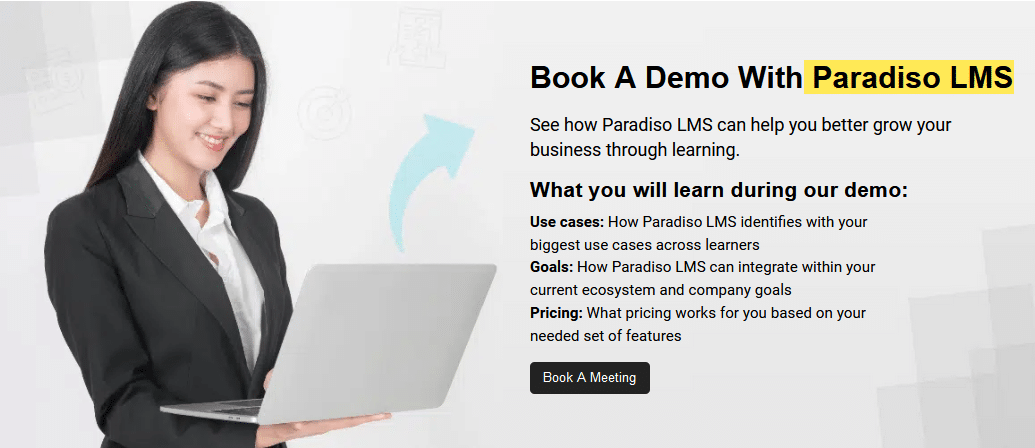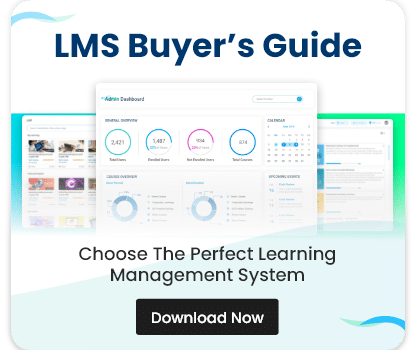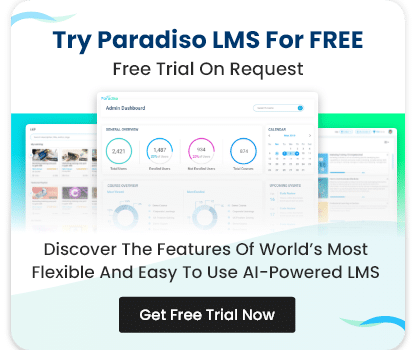When looking to enhance your organization’s training and development initiatives, selecting the right Learning Management System (LMS) is crucial. The procurement process, however, can be daunting given the sheer variety of LMS solutions available. A comprehensive RFP (Request for Proposal) for LMS Software serves as a guiding document to help organizations streamline vendor selection and ensure the best fit for their learning and development needs.
In this blog, we will guide you through crafting an effective LMS RFP, highlighting key considerations and strategies for sourcing the ideal LMS solution. We will also introduce you to Paradiso LMS, a robust and scalable learning platform that can help organizations achieve their training goals.


















